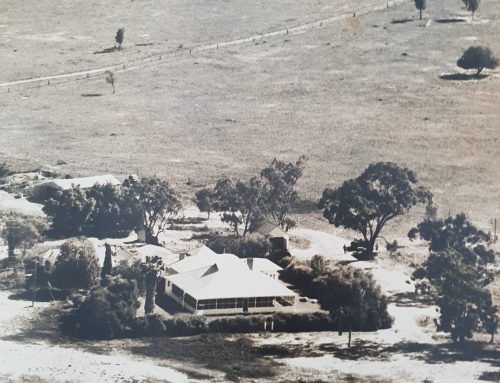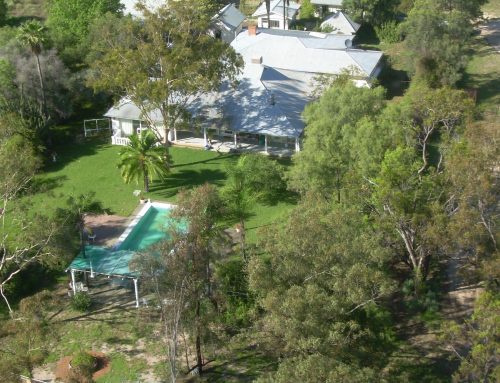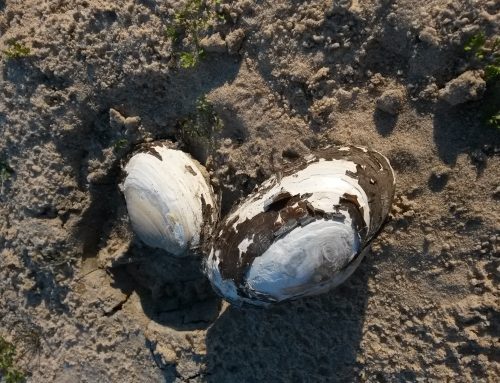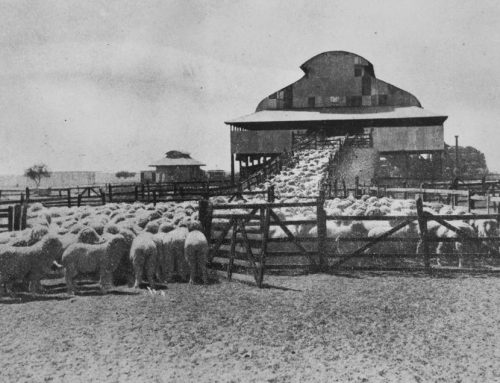The depression years were tough ones for people living in both the bush and the cities. During the late 1920s and into the 1930s economies across the world suffered and Australia was no different. Men lost their jobs. Banks foreclosed on homes and businesses and in turn went bust as well. Stock markets spiralled downwards, food prices rose. Many men chose to head into the bush in search of employment. Both urban based and rural families often took in boarders to help pay the rent or contribute food while children were sent out to work.
In the bush, living was cheap and the rabbit, a notorious pest, proved useful to many people during the depressions of the 1890s and 1930s and during wartime. Trapping rabbits helped farmers, stockmen and station-hands by providing food and extra income, and in some cases helped pay off farming debts. Rabbits were eaten regularly and fed to working dogs and boiled to be fed to poultry. Later, frozen rabbit carcasses were traded locally and exported. Pelts, too, were used in the fur trade and are still used in the felt-hat industry.
For most bush kids of the 1930s and 1940s trapping rabbits was a great way to earn a few bob. These old traps still hang in one of the sheds on our property and are reminiscent of those by-gone days.








Leave A Comment